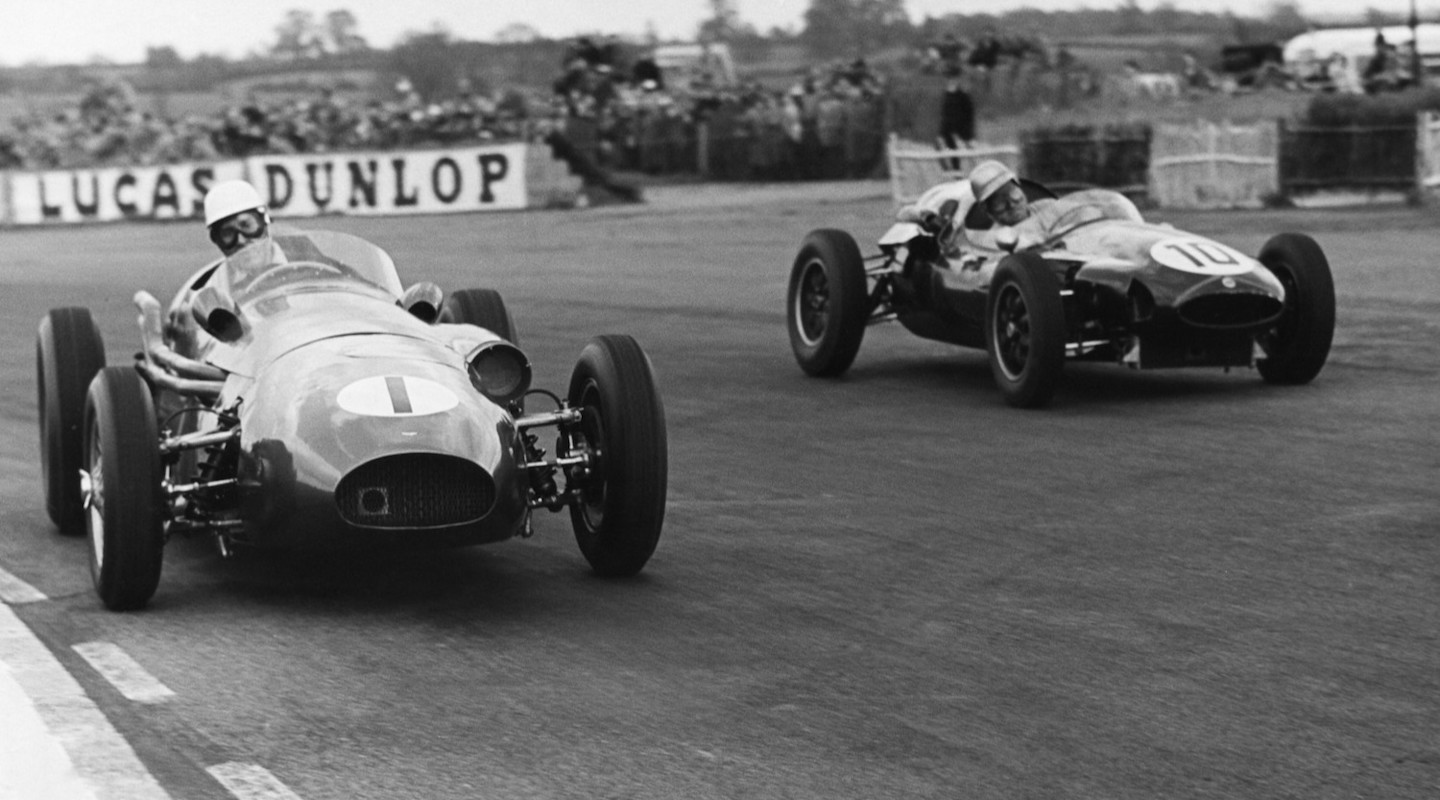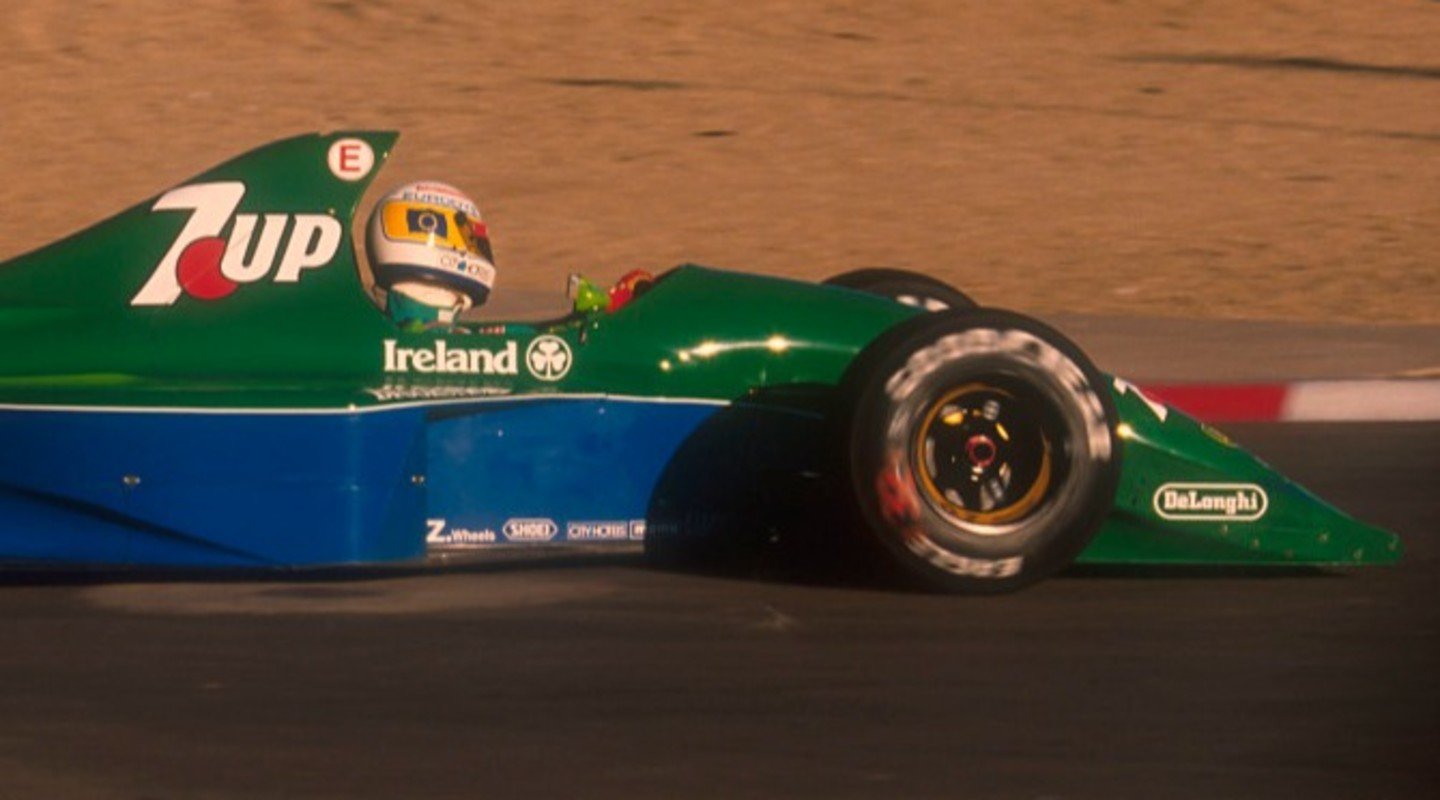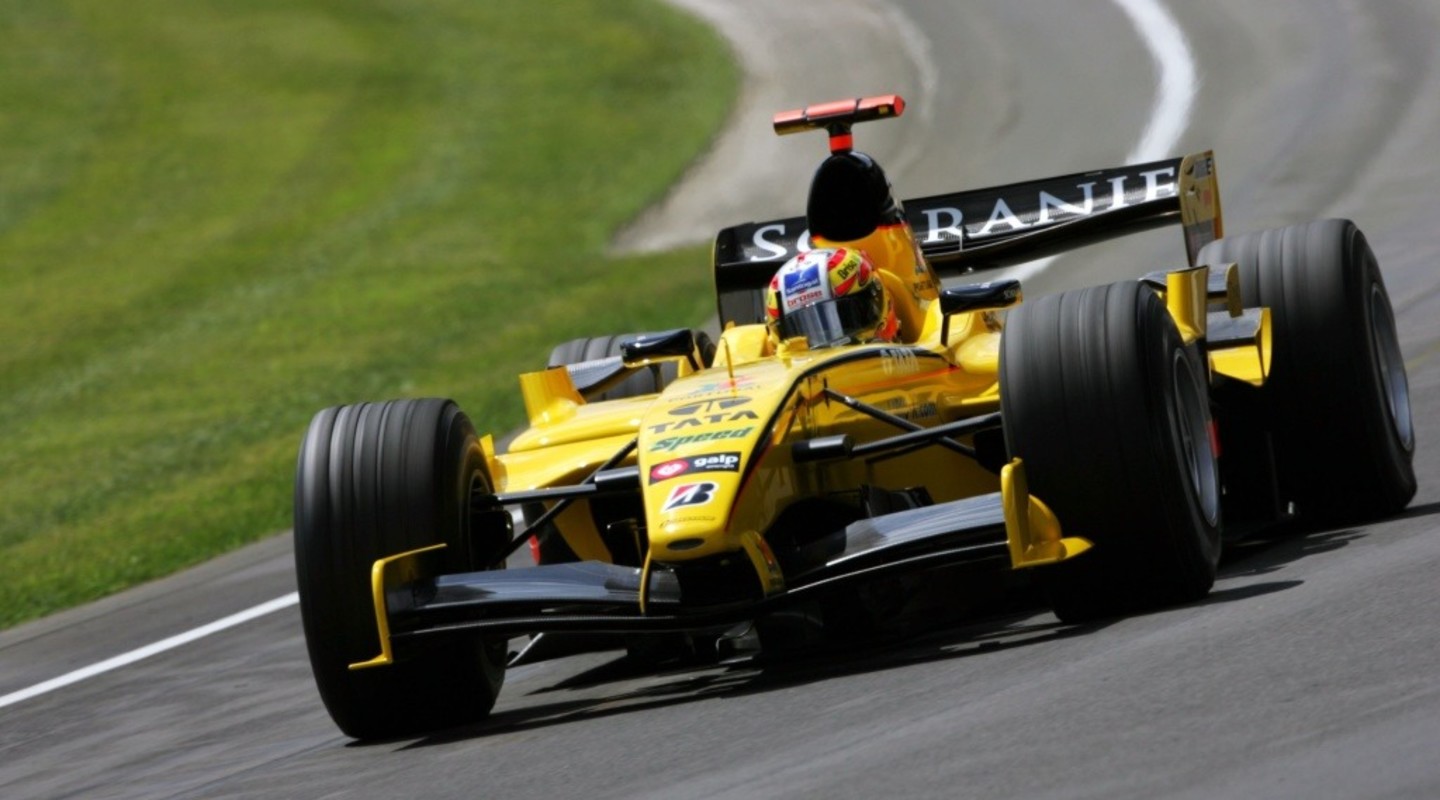Long read: The history of Grand Prix racing in the United States
Formula One has announced that the Miami Grand Prix will join the calendar from 2022 onwards, meaning the United States will host two World Championship Grands Prix for the first time since 1984.

America's up-and-down Formula One journey has also featured milestone moments in the history of Team Silverstone, including the first race in the team's existence.
America has a long history in Formula One racing and has raced across multiple venues in a bid to find its footing in the championship. After all, it’s not easy to garner attention in a country where there is so much domestic sporting activity, as well as the immensely popular motorsport series of IndyCar and NASCAR.
The absence of an American driver on the grid has also been an issue over the years, as the country has not had a frontrunning driver since Mario Andretti’s last race in 1982, although the arrival of Haas F1 Team in 2016 was a boost. The arrival of Miami is another step forward.
Miami will not only be an exciting addition to the calendar for fans and the teams but will also be another home race for Title Sponsor Cognizant, taking on another dimension for Aston Martin Cognizant Formula One™ Team.
Coincidentally, the story of the United States Grand Prix began in Florida 62 years ago. The United States had already hosted an event that was included in the World Championship, as the Indianapolis 500 counted for points from 1950, but the addition of a true Grand Prix would put an end to that quirk after 1960.
The first World Championship United States Grand Prix was held as the 1959 season finale at Sebring, an airfield track well known as the home of the classic 12-hour sportscar endurance event, which provided a home race for drivers such as Phil Hill, Dan Gurney and Masten Gregory.
Its status as a season finale meant that the Formula One grid had to wait a full three months after the preceding Italian Grand Prix for the final race and confusion arose when doubts emerged over the viability of the Sebring organisers running the race. While Aston Martin was on the Formula One grid in 1959, it opted against racing at Sebring.

In its absence, a title showdown involving works Cooper driver Jack Brabham, Ferrari ace Tony Brooks, and Cooper privateer Stirling Moss took place. In the end, Moss retired early on and Brooks was forced into an unscheduled stop. Despite running out of fuel on the final lap, Brabham claimed the title.
Yet the event did not prove financially prudent and the United States Grand Prix moved to the other side of the country in 1960 as California's Riverside track took up hosting. Moss would win the 1960 Grand Prix, but again the venue did not work out and it required another move to find the race's footing.
In Watkins Glen, the United States Grand Prix found a track that was to be its home for two decades. The undulating road course in upstate New York proved popular with drivers and fans. A reputation for good prize money, in the days before Formula One's finances were properly organised worldwide, added to the appeal for the teams.
The first race in 1961 should have been a triumphant homecoming for Phil Hill, crowned World Champion at Monza just a few weeks earlier. However, the death of Hill's Ferrari team-mate Wolfgang von Trips in Italy meant Ferrari missed the Watkins Glen race, which was won by Innes Ireland, chased home by the home crowd's favourite, Gurney.
British drivers would dominate Watkins Glen for the rest of the decade, with Jim Clark and Graham Hill winning three times each, and Jackie Stewart triumphing in 1968, the race that featured the Formula One debut of new local hero Mario Andretti. Jochen Rindt, Emerson Fittipaldi and François Cevert would all take their maiden victories at the Glen.
Emilia Romagna Grand Prix
Recap Lance's spirited drive to eighth, Aston Martin Cognizant Formula One™ Team's incredible work on the grid and all the best of the action from Imola in our race recap.

Interest in the sport Stateside was encouraged by the presence of American-owned teams thanks to Shadow, Penske and Parnelli, which helped carry the momentum into a second event in the country.
Introduced in 1976, the United States Grand Prix (West) helped create a Monaco-style circuit laid out on the streets of the city of Long Beach, within sight of the Queen Mary. The race was a huge hit, and, in its second year, Andretti became the first and only American driver to win a World Championship Grand Prix on home ground.
It would soon become apparent that modern cars had outgrown Watkins Glen. After Alan Jones won the 1980 event for Williams, Grand Prix cars never returned. Formula One boss Bernie Ecclestone would spend the next few years juggling various temporary venues as he tried to build the championship's presence in the United States.
In 1981, the now established Long Beach race was backed up by a new event on a tight and twisty track laid out in the car parks of Caesar’s Palace in Las Vegas. It was not a success with either teams or fans.
Ecclestone continued to search for the right venue, and in 1982 the United States had three races, with Long Beach and Las Vegas joined by a new track on the streets of downtown Detroit, the home of the US motor industry. At the time, Ford was a major player in Formula One, and the marketing benefits were obvious.
Commercial factors proved a challenge and Las Vegas disappeared following the second event in 1982 and Long Beach followed suit in 1983, although it continued as an IndyCar seasonal highlight.
In 1984, racing in the United States took a setback when a race was held in Dallas, Texas, squeezed into a car park. In the baking hot conditions, the road surface broke up and car after car spun out. Keke Rosberg would win the event, but it was never to be held again.
The demise of Dallas left the Detroit Grand Prix as the sole United States race between 1985 and 1988 before it was replaced by yet another street circuit in Phoenix, Arizona. The featureless track produced some entertaining Grands Prix, most notably a famous battle between Ayrton Senna and newcomer Jean Alesi, but a lack of interest hurt the race.
But the final race in the United States proved special for Team Silverstone as the 1991 Grand Prix marked the debut of Jordan Grand Prix, with current Aston Martin Cognizant Formula One™ Team technical director Andrew Green and sporting director Andy Stevenson key parts of the then-new team.

The following year, there was no Formula One race in the United States for the first time since 1959, representing a huge change from 1982, in which there were three races in the country.
As Formula One continued to expand, the hunt for a new American venue continued, but it took until 2000 for the championship to return to America. When it finally made a comeback, it returned to a city synonymous with racing.
Indianapolis Motor Speedway owner Tony George wanted to expand the use of his venue beyond the Indy 500 and the month of May, and having already added a summer NASCAR race, he agreed a deal to hold the United States Grand Prix. A road course was created on the infield of the legendary oval, using Turn One and the pit straight in the opposite direction.
Won by Michael Schumacher, the first race was a success, and teams, sponsors and manufacturers were all delighted to be back in the USA. Although it attracted decent crowds, the empty grandstands around the rest of the oval were a constant reminder of the huge scale of the Indianapolis 500, and Formula One was never quite at home there.
Team Silverstone had one of its most memorable Grands Prix at the venue in 2005, although it came against the backdrop of a disastrous race for Formula One.
The last-minute withdrawal of the Michelin-shod teams on safety grounds left just six Bridgestone-running cars circulating. Schumacher won the race for Ferrari and Jordan Grand Prix took third and fourth place finishes, with Tiago Monterio celebrating on the podium for Team Silverstone.

The race continued in 2006 and 2007, with current Aston Martin Cognizant Formula One™ Team driver Sebastian Vettel making his Grand Prix debut in the latter race for BMW Sauber, but it was dropped for the 2008 season.
Formula One again began to search for a new venue and various potential street races were mooted, until local Texas entrepreneur Tavo Hellmund came up with the idea of building a state-of-the-art circuit on farmland outside his home town.
With Ecclestone’s support, the Circuit of the Americas was constructed in time for a race debut in 2012. Formula One fans loved the track and the city and it was evident that the championship had found the ideal home in America.
But Ecclestone believed that there was room for a second United States race, and the east and west coasts were both potential sites. Once Liberty Media took control in 2016, the new owners outlined their plans to expand Formula One's presence in the United States.
A downtown race in Miami was soon mooted and after various iterations of the plans, attentions moved to the Miami Gardens area and the land around the Hard Rock Stadium, the home of the race promoter.
The journey towards the Miami Grand Prix has been long, and the pandemic did not help planning, but over the last few weeks, the pieces began to fall into place.
After a long journey, Formula One will have two American Grands Prix in 2022 and Miami promises to be an exciting and welcome addition to the calendar.
All in. All welcome. All celebrated. Sign up to open up a world of I / AM benefits and once-in-a-lifetime experiences.
























